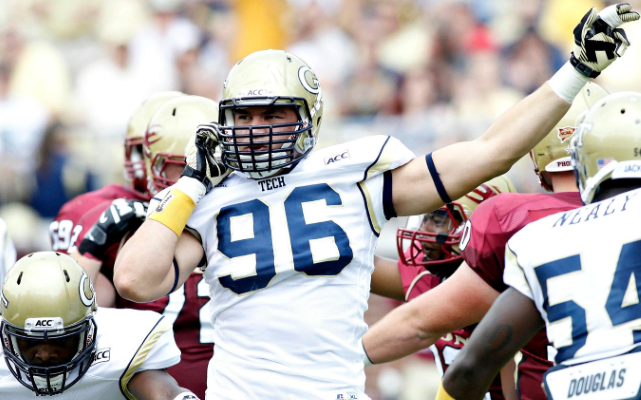With a surge in interest from foreign student-athletes to attend and play at American universities, finding accurate information on the eligibility rules is the number one priority. And it’s not easy. In fact, it is a jungle.
This article by Jeff Miller of the Dallas Morning News recently appeared in Athletic Scholarships. This is a must read for anyone considering playing and studying in the United States. If you don’t live in the USA and want to apply for an athletic scholarship, then read this article. Foreign amateur status can be tough for colleges to document.
If it rebounds like a duck, shoots like a duck, and even plays on a team with other ducks, is it a duck?
These are the questions that have to be answered by those who oversee college athletics in determining the eligibility of foreign-born student athletes. Many athletes enter United States universities after having played in club programs because most countries simply don’t have amateur high school athletics. These programs often combine developmental clubs with professional teams.
All levels of collegiate sport – four-year schools in the NAIA (National Association of Intercollegiate Athletics) and NCAA ( National Collegiate Athletic Association) and two-year schools governed by the NJCAA (National Junior College Athletic Association) – are trying to answer the questions that don’t often have simple answers relating to the amateur status of foreign athletes. And the questions are being asked more often as international student athletes come to the USA to play college sports in ever-increasing numbers, particularly basketball.
The idea that playing college sports is an avocation, the NCAA Management Council recently stated, remains the “bedrock principle” of the organization. William Saum—the NCAA’s director of agent, gambling, and amateurism activities—said the stricter interpretation of amateur status came at the request of the Division I constituency that originally sought to relax the rules.
This academic year, the NCAA implemented a stricter definition of amateurism in Division I and more serious penalties for schools that violate the rules. Prospective student athletes must now provide much more extensive written proof that they have not received benefits beyond expense reimbursement from club teams. And those athletes who played on a team that included anyone else defined as a professional will face either sitting out games based on how often they played as a professional or being denied NCAA eligibility altogether.
Saum:
“What the appeals committee [of amateurism violations] decided was, let’s strictly enforce the rules.”
Most of the argument associated with amateurism and international student athletes come from an athletic culture clash, particularly involving Europe. Most promising young athletes there come from a system in which organizations operate junior developmental teams and older clubs that play in what Americans would consider professional leagues.
Read more:
Twenty-five suggested questions to ask foreign student athletes.
Amateur status defined differently in the NCAA, NAIA and NJCAA.

